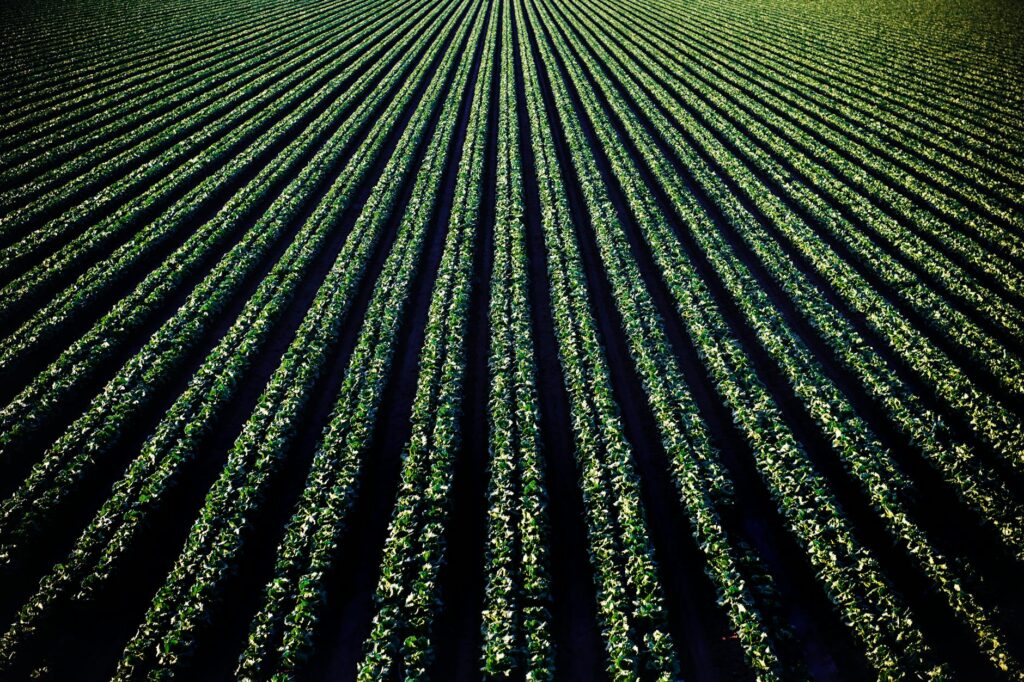Drip irrigation has gained popularity among gardeners, farmers, and landscapers due to its efficiency and effectiveness in delivering water directly to the roots of plants. However, like any agricultural technique, it has its advantages and disadvantages. In this blog post, we will explore the pros and cons of drip irrigation, helping you determine if it’s the right choice for your gardening or farming needs. We’ll also include FAQs and valuable external resources for further reading.
What is Drip Irrigation?
Drip irrigation is a method that delivers water directly to the plant’s root zone through a network of tubing, pipes, and emitters. It minimizes water waste by reducing evaporation and runoff, making it a sustainable choice for watering crops, gardens, and landscapes.
Pros of Drip Irrigation
1. Water Efficiency
One of the most significant advantages of drip irrigation is its water-saving potential. According to the U.S. Department of Agriculture (USDA), drip irrigation can reduce water usage by up to 50% compared to traditional irrigation methods.
2. Targeted Delivery
Drip irrigation systems deliver water directly to the root zone, which means that plants receive moisture exactly where they need it. This targeted delivery helps to minimize water wastage and ensures that each plant gets the right amount of hydration.
3. Reduced Weed Growth
Because drip irrigation delivers water directly to the plants, it leaves surrounding areas drier. This discourages weed growth, which typically thrives in moist conditions. Less weed competition allows your plants to grow more efficiently.
4. Improved Soil Structure
Drip irrigation encourages deep root growth by allowing water to penetrate the soil gradually. This promotes better soil structure, enhancing aeration and nutrient absorption. Healthier soil results in stronger plants.
5. Flexibility and Scalability
Drip irrigation systems can be easily customized and scaled according to the size and needs of your garden or farm. Whether you’re watering a small vegetable garden or a large agricultural field, you can design a system that fits your specific requirements.
6. Automation Potential
Drip irrigation systems can be equipped with timers and sensors, allowing for automated watering schedules. This convenience can save you time and ensure consistent moisture levels, especially during dry spells.
7. Reduced Soil Erosion
Traditional irrigation methods often lead to runoff and soil erosion. Drip irrigation minimizes this risk by delivering water directly to the roots without saturating the surrounding soil, preserving the integrity of your garden bed.
Cons of Drip Irrigation
1. Initial Cost
One of the primary drawbacks of drip irrigation is the initial setup cost. While the long-term savings on water and labor can be significant, the upfront investment in materials and installation can be higher than traditional irrigation methods.
2. Maintenance Requirements
Drip irrigation systems require regular maintenance to prevent clogs in the emitters and tubing. This involves flushing the system, checking for leaks, and occasionally replacing worn components, which can be time-consuming.
3. Complexity of Setup
For those who are not familiar with irrigation systems, setting up a drip irrigation network can be complex. Proper planning and knowledge of your garden’s layout and plant needs are essential for effective implementation.
4. Vulnerability to Damage
Drip lines and emitters can be susceptible to damage from pests, UV exposure, and physical disturbances (e.g., lawnmowers). Regular inspections are necessary to identify and repair any issues promptly.
5. Limited Coverage
While drip irrigation is excellent for targeted watering, it may not be the best option for larger areas or diverse plant types that require different watering needs. In such cases, integrating other irrigation methods might be necessary.
6. Temperature Sensitivity
Drip systems can be affected by temperature changes. In colder climates, water left in the lines can freeze, potentially damaging the system. In hot climates, water temperature can affect plant health.
Conclusion
Drip irrigation systems offer numerous advantages, including water efficiency, targeted delivery, and reduced weed growth. However, they also come with challenges such as initial costs, maintenance needs, and potential vulnerability to damage. Weighing these pros and cons will help you decide whether drip irrigation is the right choice for your gardening or farming needs.
For those interested in implementing a drip irrigation system, consider the following external resources:
- American Society of Agricultural and Biological Engineers for best practices and research.
- University of California Agriculture and Natural Resources for detailed guidelines on drip irrigation design and management.
- The Drip Irrigation Supply for purchasing materials and kits.
Frequently Asked Questions (FAQ)
What types of plants benefit most from drip irrigation?
Drip irrigation is ideal for vegetables, fruits, flowers, and shrubs, particularly in areas where water conservation is critical.
How often should I water with a drip irrigation system?
The frequency depends on plant types, soil conditions, and climate. Generally, deep watering once or twice a week is sufficient.
Can I install a drip irrigation system myself?
Yes! Many gardeners successfully install their own drip systems with the right materials and planning. There are plenty of online resources and kits available.
How do I prevent clogs in my drip irrigation system?
Using a filter is essential to keep debris out of the system. Regular maintenance, such as flushing the lines, can also help prevent clogs.
Is drip irrigation suitable for large agricultural fields?
Yes, drip irrigation can be scaled for large fields and is often used in commercial farming due to its efficiency and water-saving capabilities.
What is the lifespan of a drip irrigation system?
With proper maintenance, a drip irrigation system can last 5 to 10 years, depending on the materials used and environmental conditions.
By understanding the pros and cons of drip irrigation, you can make informed decisions about implementing this efficient watering method in your garden or farm. Happy gardening!
Originally posted 2024-09-30 14:37:08.

